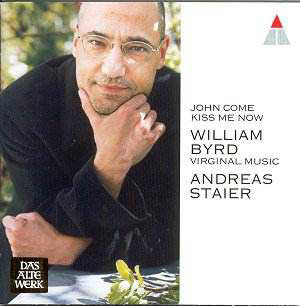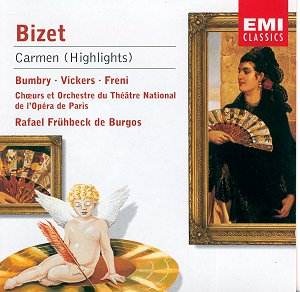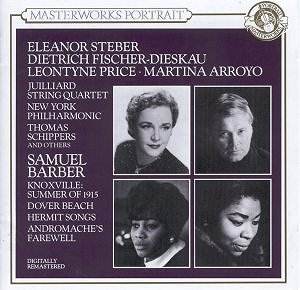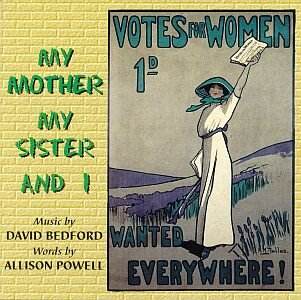 Composer: William Byrd
Composer: William Byrd
Works: John Come Kiss Me Now, Fantasia, Bk 25, Sellinger’s Round, Bk 84, Hugh Aston’s Ground or Tregian’s Ground, Bk 20, Pavan: Ph. Tregian, Bk 60a, Galliard, Bk 60b, Walsingham, Bk 8, Callino Casturame, Bk 35, Prelude, Bk 12, Fantasia, Bk 13, My Lady Nevell’s Ground, Bk 57, The Queen’s Alman, Bk 10, Alman, Bk 89, Lavolta, Bk 91, Qui Passe For My Lady Nevell, Bk 19, The Woods So Wild, Bk 85, The Bells, Bk 38
Performers: Andreas Staier, harpsichord
Recording: August 2001, DeutschlandRadio Köln, Cologne, Germany
Label: TELDEC 0927 42205-2 [73.12]
William Byrd, a titan of the late Renaissance, occupies a unique position in the history of keyboard music. His works not only reflect the rich tapestry of the Elizabethan musical landscape but also anticipate the expressive depths that would characterize later styles. Byrd’s keyboard compositions, especially those for the virginal, are distinguished by their intricate counterpoint and emotional nuance, qualities that Andreas Staier captures with a remarkable sensitivity in this recording.
Staier’s interpretation of Byrd’s keyboard music is both historically informed and artistically bold, setting the tone for a captivating listening experience. The disc opens with the Fantasia, a work characterized by its free-form structure and improvisatory air. Here, Staier excels, executing the layers of ornamentation with a delicacy that enhances the piece’s conversational quality. Each phrase unfolds naturally, revealing Byrd’s genius for melodic development. The harpsichord’s timbre, well-captured in the recording, allows for a range of dynamics that Staier exploits effectively, making the Fantasia one of the highlights of the disc.
The selection of variations, particularly in “Callino Casturame,” showcases Staier’s technical prowess. This set of six variations on a simple theme is rendered with exuberance, each iteration revealing increasing complexity and ornamentation. Staier’s lively touch and rhythmic vitality breathe life into the piece, exhibiting a command of both style and substance. Conversely, in “My Lady Nevell’s Ground,” the harmonic intricacies and rhythmic variations demand more from the performer. While Staier’s interpretation is commendable, there are moments where the complexity of the work leads to a slight muddiness in the execution, momentarily obscuring Byrd’s meticulous craftsmanship.
The recording quality is generally excellent, with a clarity that allows each note to resonate beautifully. The engineering captures the harpsichord’s rich tonal palette, enabling the listener to appreciate the subtleties of Staier’s interpretation. However, the engineering choices could have benefited from a slightly more expansive soundstage, as the harpsichord’s brilliance occasionally feels overly contained.
When juxtaposed with Davitt Moroney’s comprehensive survey of Byrd’s keyboard music, Staier’s interpretations, while vibrant and insightful, do not yet reach the same level of exhaustive exploration. Moroney’s recordings tend to offer a broader contextual understanding of Byrd’s oeuvre, yet Staier’s attention to detail and nuanced playing provide a fresh perspective that is both enjoyable and illuminating.
This recording of Byrd’s keyboard works is a valuable addition to the catalog, reflecting both the historical significance of the composer and the interpretive prowess of Andreas Staier. The selection of pieces presents a well-rounded overview of Byrd’s keyboard music, and Staier’s performances, while at times slightly uneven, are imbued with a heartfelt sincerity that is hard to overlook. Byrd’s music deserves to be heard, and this disc is a compelling invitation to explore his extraordinary legacy.



